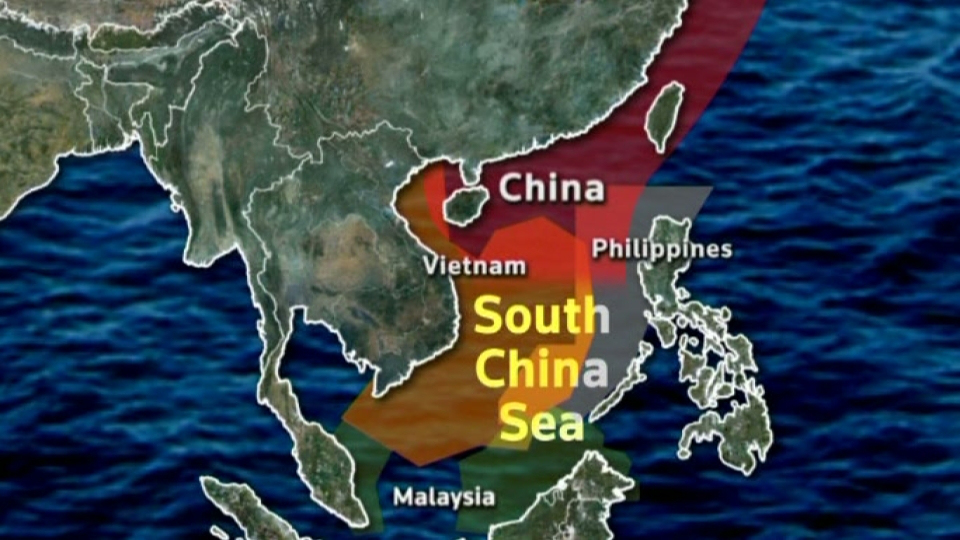JAMES ROYCE WRITES — Chinese state-run media has recently gone out of its way to label Australia as “an ideal target for China to warn and strike,” if it ventures into the continually-contested South China Sea.
The Global Times, known for its hardline nationalist stance, blasted Canberra early last month in an editorial slamming its Southern neighbor’s support for the July ruling by an international arbitration tribunal at The Hague. The decision specifically invalidated China’s historical claims to much of the South China Sea, ruling instead in favor of the Philippines when it came to the question of ownership of most of these disputed claims.
U.S. Secretary of State John Kerry, Japanese Minister of Foreign Affairs Fumio Kishida, and Australian Foreign Minister Julie Bishop backed this ruling, as they expressed “serious concern over maritime disputes in the South China Sea.” The trilateral agreement urged China to respect international arbitration rulings so as to “uphold the existing rules-based international order” and avoid “unilateral actions that cause permanent physical change to the marine environment.”
This joint statement didn’t stop The Global Times from continuing to pile on insults, however, as the nationalist newspaper called Australia a “country with inglorious history…at first an offshore prison on the UK…established through uncivilized means, in a process filled with the tears of the aboriginals.”
“Australia is not even a ‘paper tiger,’ it’s only a ‘paper cat’ at best,” The Global Times added.
Me-yow!
At the moment, Beijing claims most of the South China Sea, through which more than $5 trillion in annual trade passes. Most of these claims have come after construction of man-made islands that often feature military-grade infrastructure, airships, and radar facilities.
The current situation within the South China Sea has been particularly worrisome for Australia, which, for the past 20 years, has been trying to balance its alliance with the U.S. alongside its mostly uninterrupted economic growth on the back of China. Now, it’s will be increasingly difficult, if not altogether impossible, to continue balancing between the two regional behemoths any longer on such a delicate issue.
Despite China being its largest trading partner — inking a free trade pact just over a year ago — Canberra has allowed for an increased U.S. military presence in the Northern Australian Port of Darwin as part of Washington’s rebalance of forces to the Asia-Pacific Region. With the U.S. now asking both Australia and other nations to send warships within 22 km (12 nautical miles) of disputed territory in the South China Sea, the time for Australia to make a concrete decision regarding whose side they’re actually on is drawing near.
Australia can only hope that in this situation — particularly after The Global Times colorful commentary — future actions will speak louder than words.

